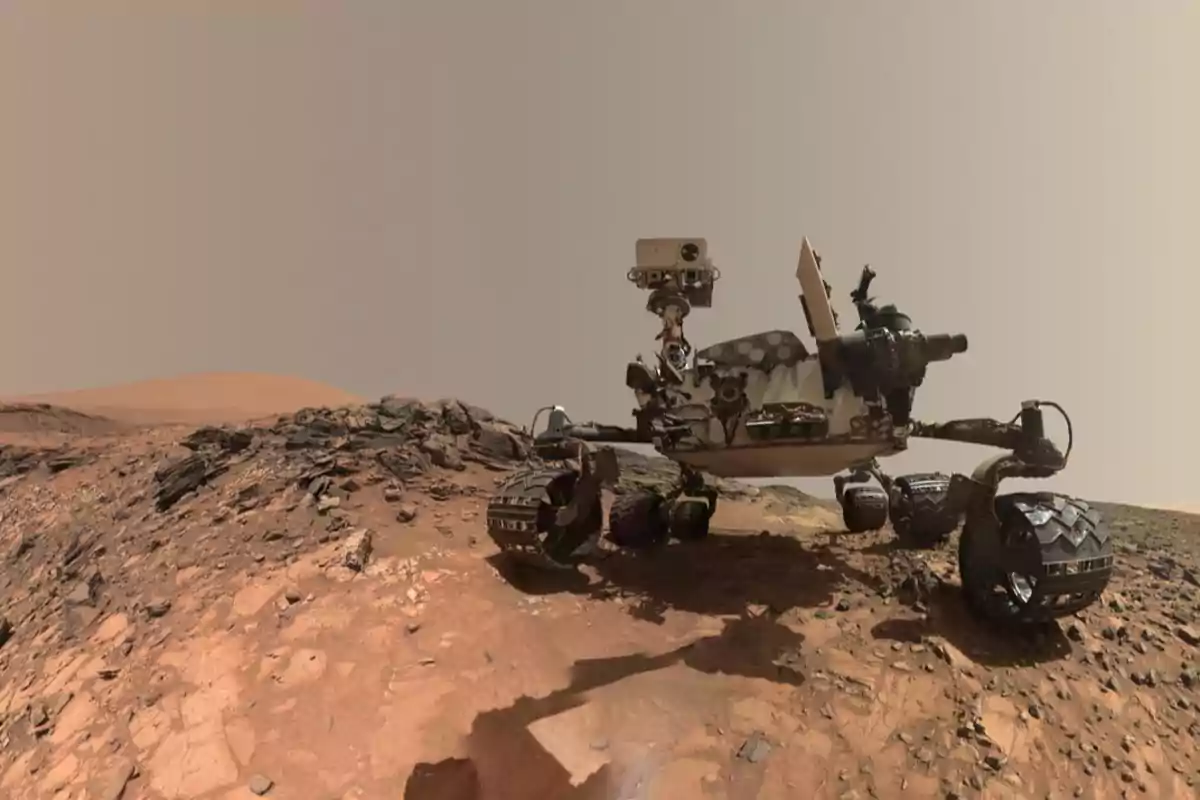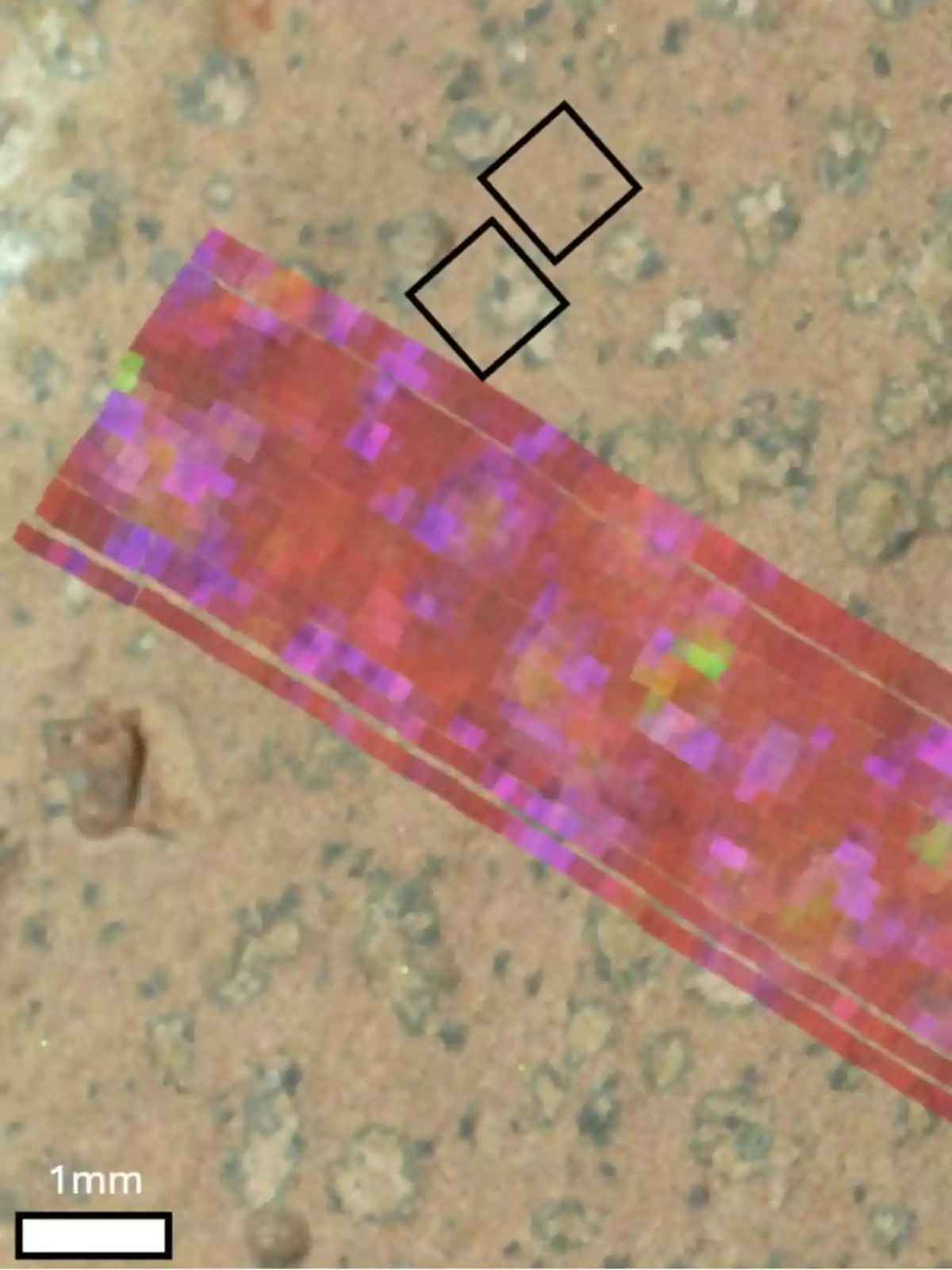NASA has confirmed one of the most shocking findings of recent years in the exploration of the Red Planet. The new discovery has sparked a wave of excitement in the scientific community. According to experts, what has been found in a Martian rock could radically change what we understand about the conditions necessary for life.
The finding doesn't confirm the existence of life, but it has gathered a series of clues that are hard to ignore. What is truly chilling is the coincidence between certain mineral patterns and biological processes that we know on Earth. Such structured and chemically suggestive signals had never been detected on Mars before.

A rocky core that could change everything we know about Mars
The sample was extracted by the Perseverance rover in July 2024 in an area called Sapphire Canyon, inside Jezero Crater. There, the robot drilled into a rock named Chevaya Falls, located in what was once an ancient river channel. The analysis of that fine-grained shale core has revealed geological and chemical details that have sparked enormous interest.
In that shale, scientists from Stony Brook University identified circular patterns called "leopard spots," nodules in sediments, and associations of organic carbon with phosphorus, iron, and sulfur. These structures appear repeatedly in ordered configurations, which suggests a systematic process behind their formation. On Earth, this type of arrangement is found in environments with microbial activity.
Indicative minerals and their biological implication
What has stood out is vivianite, an iron phosphate linked to iron-reducing microbes, and greigite, an iron sulfide associated with bacteria that live without oxygen. Both have been detected forming a concentric pattern within the rocky core. That same pattern, in terrestrial sediments, is associated with biological reactions based on electron transfer.

It is precisely that coincidence between what was found on Mars and what we know about life on Earth that is so unsettling. It isn't just a single isolated piece of data, but a coherent set of signals that point in one direction. That's why what is truly chilling is the possibility, although still unconfirmed, that we are facing traces of ancient biological processes.
Next steps in the research
The researchers in charge of the study have pointed out that this doesn't prove there was life on Mars, but it does constitute a possible biosignature, that is, a signal compatible with a biological origin. NASA has begun to evaluate the finding using the Confidence of Life Detection (CoLD) Scale, which establishes a rigorous protocol for classifying this type of evidence. It is still necessary to study further whether these formations could be explained by purely chemical processes.
NASA's acting administrator, Sean Duffy, has stated that this discovery brings us closer than ever to answering whether Mars harbored life. For now, caution is key, but interest has grown notably. The next steps will be crucial: to study the samples with more advanced technology once they can be brought to Earth.
Meanwhile, the Perseverance rover will continue exploring the Bright Angel region, where signals have already been detected. Its instruments, such as PIXL and SHERLOC, will keep identifying minerals and organic compounds that could reinforce these observations. Each new piece of data allows us to better understand the geological and, perhaps, biological history of Mars.

